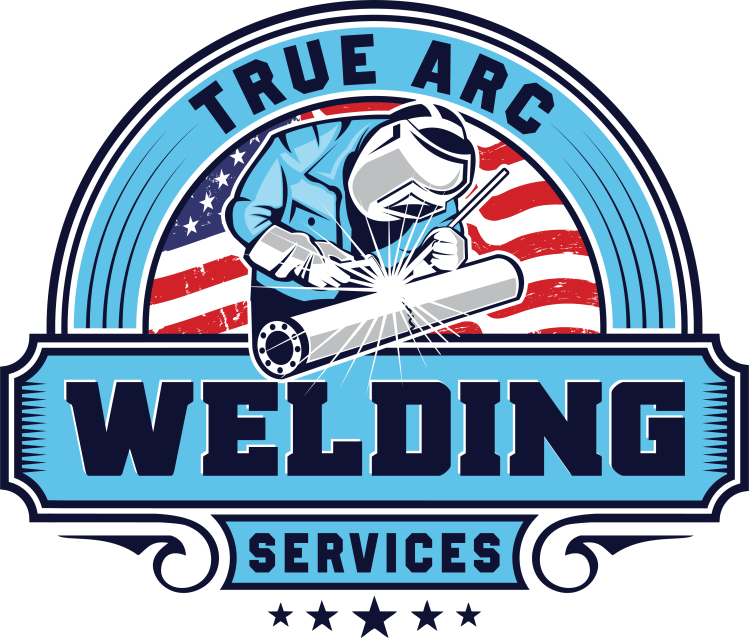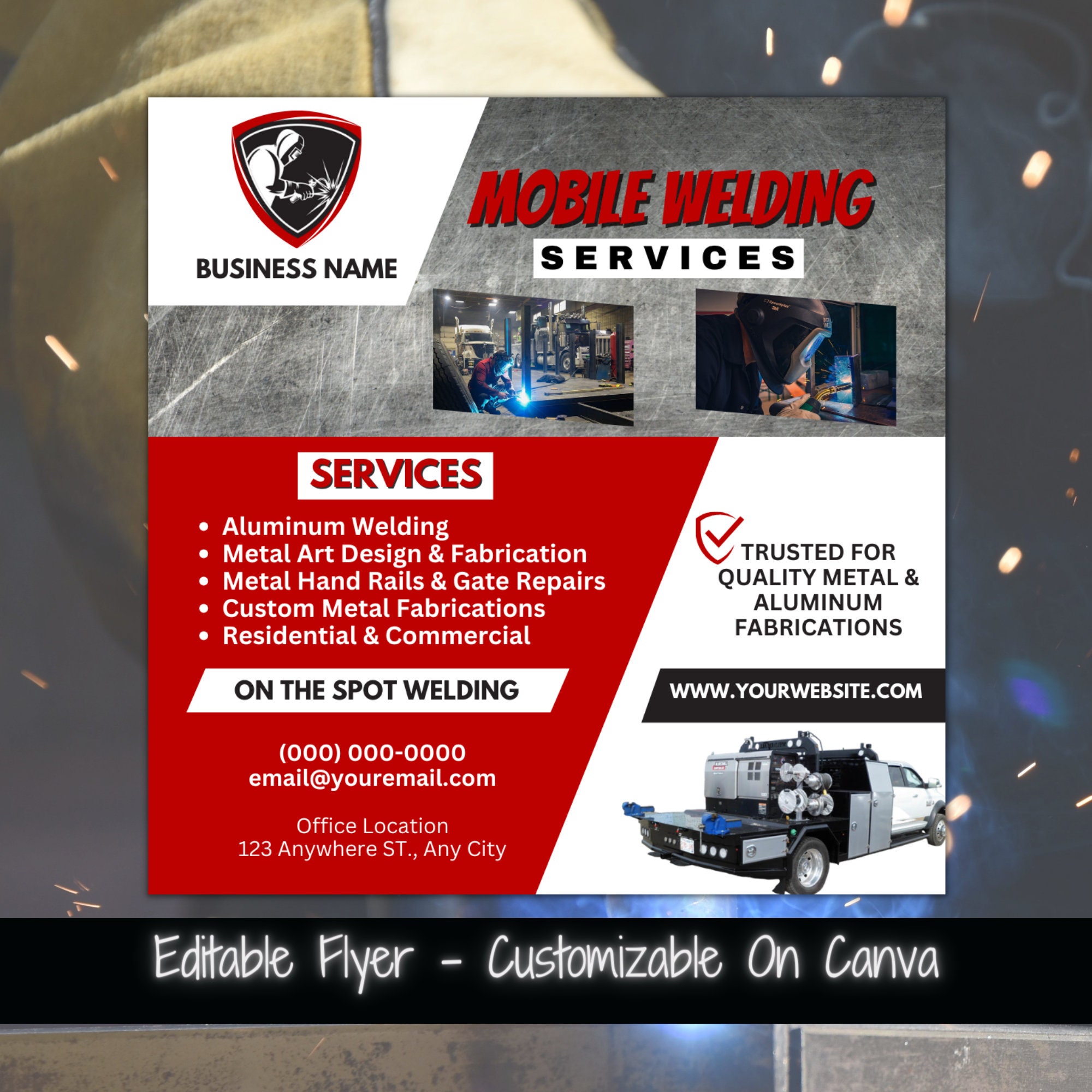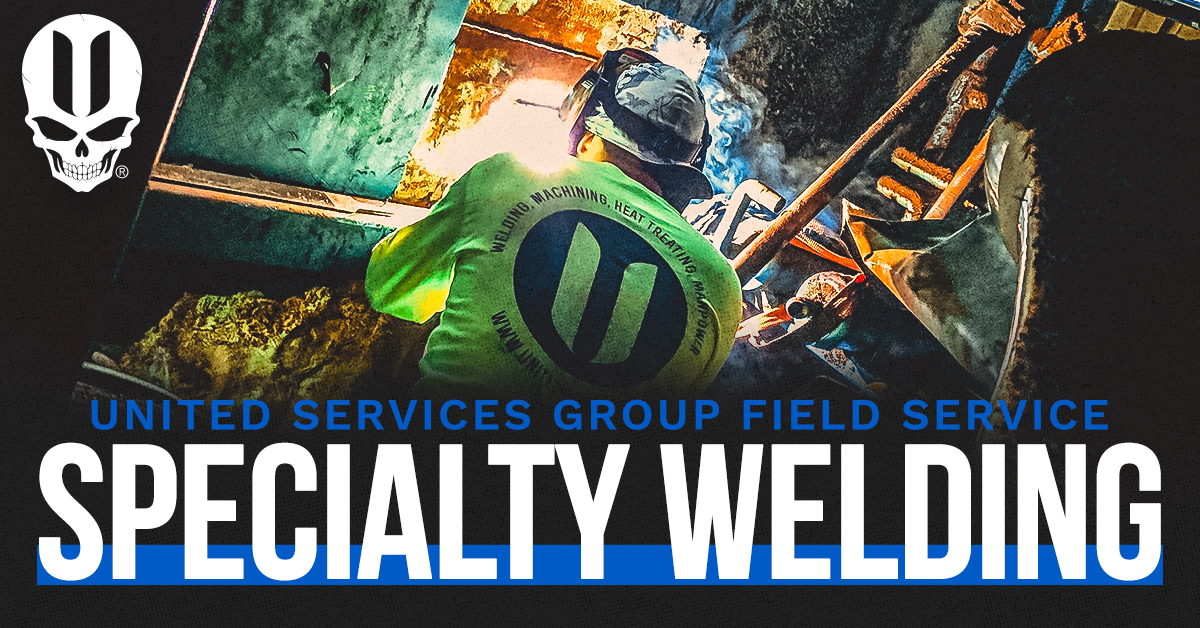Comprehensive Welding Inspection Service for Industrial Projects
Comprehensive Welding Inspection Service for Industrial Projects
Blog Article
Comprehending the Different Types of Welding Techniques and Services Offered

Review of Welding Techniques
Welding strategies include a diverse array of techniques used to join products with each other completely. One usual technique is arc welding, which includes creating an electrical arc between the base and an electrode product to melt and fuse them with each other. This strategy is versatile and can be made use of with various steels, making it among the most extensively used welding procedures.

Furthermore, TIG welding, or Gas Tungsten Arc Welding (GTAW), is a tidy and accurate welding approach that makes use of a non-consumable tungsten electrode to produce the weld. TIG welding is frequently utilized for thinner products and provides excellent control over the welding process. Overall, comprehending these different welding methods is vital for choosing one of the most appropriate technique for various jobs.
Commonly Used Welding Approaches
A variety of frequently utilized approaches are employed in the field of welding to efficiently join materials together. Among the most extensively used techniques is Gas Steel Arc Welding (GMAW), likewise referred to as MIG welding. This method utilizes a wire electrode that is fed via a welding weapon, together with a protecting gas to safeguard the weld from contaminants airborne. Another usual approach is Protected Metal Arc Welding (SMAW), or stick welding, which makes use of a flux-coated electrode to develop the weld. Tungsten Inert Gas (TIG) welding is favored for its precision and flexibility, using a non-consumable tungsten electrode to create the weld. Flux-Cored Arc Welding (FCAW) is generally utilized in industrial settings due to its high welding speed and transportability. Additionally, Immersed Arc Welding (SAW) is optimal for developing deep welds on thick materials. These generally utilized welding techniques deal with different demands and materials, supplying choices for various welding applications.
Advanced Welding Services
Structure upon the foundation of typically utilized welding techniques, the realm of advanced welding services encompasses sophisticated strategies and modern technologies that press the boundaries of accuracy and effectiveness in product signing up with procedures. Advanced welding services often entail specialized approaches such as laser welding, electron light beam welding, and friction stir welding. Rubbing stir welding, a solid-state joining procedure, makes it possible for the welding of materials that are testing to fuse utilizing typical methods, like light weight aluminum and copper.
Specialized Welding Strategies

Another specialized welding technique is laser beam welding, where a highly focused beam is used to sign up with steels with minimal heat-affected areas and distortion. This approach is frequently employed in industries requiring high accuracy and cleanliness, such as electronics and medical tool production. Furthermore, eruptive welding is an unique method that makes use of regulated dynamites to bond dissimilar metals together, producing solid and reputable joints. These specialized welding techniques display the variety and advancement existing in the field of welding, offering services for a large range of industrial applications.

Choosing the Right Welding Process
Selecting the ideal welding process is extremely important in achieving optimum cause steel construction and joining procedures. With numerous welding methods available, it is vital to think about aspects such as the sort of metal, thickness, joint design, and wanted end result when picking the appropriate welding procedure - Welding Inspection Service. Among the common welding approaches are Gas Steel Arc Welding (GMAW), Shielded Metal Arc Welding (SMAW), Gas Tungsten Arc Welding (GTAW), and Flux-Cored Arc Welding (FCAW) GMAW, also understood as MIG welding, appropriates for welding slim to thick steels and is flexible in numerous my latest blog post settings. On the other hand, SMAW, or stick welding, is a trusted approach for outdoor and area welding due to its portability and simplicity. GTAW, or TIG welding, is optimal for welding thin materials and provides accurate and top quality welds. FCAW is liked for welding thick materials and is understood for its high welding speeds. Comprehending the qualities of each welding procedure is necessary in picking one of the most appropriate method for a certain welding task.
Verdict
In verdict, comprehending the different types of welding strategies and solutions available is crucial for choosing the right approach for a certain task. By recognizing the generally used welding methods, progressed welding services, and specialized strategies, individuals can make educated choices to make certain the success of their welding projects. It is essential to think about elements such as materials, project demands, and spending plan when picking one of the most ideal welding procedure.
From traditional approaches like stick welding to sophisticated processes such as laser welding, the globe of welding offers a multitude of options for signing up with steels with look here each other.Furthermore, TIG welding, or Gas Tungsten Arc Welding (GTAW), is a exact and clean welding technique that makes use of a non-consumable tungsten electrode to create the weld. Advanced welding solutions frequently entail specialized methods such as laser welding, electron beam of light welding, and rubbing stir welding. Among the usual welding techniques are Gas Metal Arc Welding (GMAW), Secured Metal Arc Welding (SMAW), Gas Tungsten Arc Welding (GTAW), and Flux-Cored Arc Welding (FCAW) By being conscious of the commonly utilized welding approaches, advanced welding services, and specialized techniques, individuals can make informed decisions to make certain the success of their welding projects.
Report this page